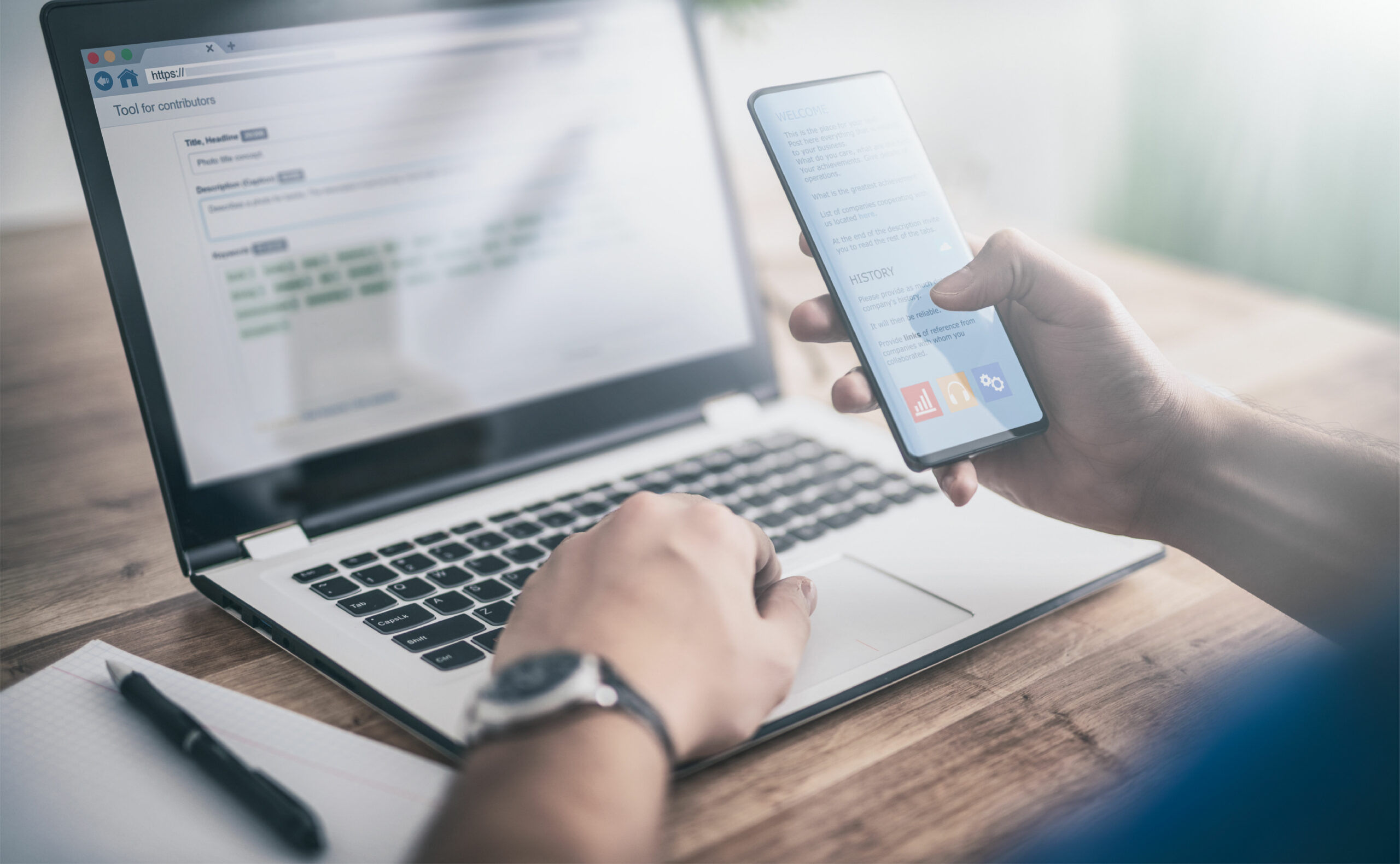Cybersecurity Awareness Month – observed every October – was created as a collaborative effort between government and business to ensure every American has the resources they need to stay safer and more secure online. As part of this annual campaign, we want to share tips and best practices to ensure you’re doing everything possible to secure your personally identifiable information online. Keeping you and your family’s personally identifiable information safe boils down to a simple concept known as layered defense. No single action is going to keep your digital presence secure. Instead, a set of cumulative activities will reduce your risks while increasing your cyber defenses. Reviewing and implementing the following cybersecurity best practices will go a long way to keep you safe online.
- Keep your financial house in order. One of the best ways to keep yourself safe online is to keep your financial home in order. The fact is, sometimes, no matter how much we try, we won’t be able to stop bad actors from gaining some access to our financial life. However, we can stop them from causing a lot of damage by spotting abnormal financial activity before it becomes a major problem. This means staying up to date on your account logins, making sure you close any unused financial accounts, cataloging all your credit and financial accounts, freezing and keeping an eye on your three credit scores, and sharing this information with your trusted loved ones. Finally, if you do spot abnormal activity within any of your financial accounts, act immediately. Call the servicing company as soon as possible and get to the bottom of the issue. Often the problem can be solved and rectified before it snowballs into something more significant.
- Turn automatic updates on. Ensure your operating system and software are set to update automatically. Don’t ignore regular software updates or turn off alerts. Outdated software versions are more vulnerable to exploitation. Additionally, software vendors provide enhanced security and vulnerability patches in each new software iteration. Finally, remove any unwanted and unneeded software from your electronic devices. The less cluttered your devices are, the safer you’ll be online.
- Always use two-factor authentication. Although it is sometimes a hassle, using two-factor authentication is one of the most effective tools to increase your cybersecurity defense. Turn on two-factor authentication via your online browser for all your financial websites and any other location where it’s available.
- Avoid phishing scams – beware of suspicious emails. Phishing scams are a constant threat – using various social engineering ploys, cyber-criminals will attempt to trick you into divulging personal information such as your login ID and password, banking, or credit card information. Phishing scams can be carried out by phone, text, or via social networking sites – but most commonly by email. Be suspicious of any official-looking email message or phone call that asks for personal or financial information or to click a link. Never send financial account information over email.
- Practice good password management. We all have too many passwords to manage – and it’s easy to take shortcuts, like reusing the same password. A password manager can help you maintain strong, unique passwords for all your accounts. Our firm has experience using LastPass and RoboForm and has found them both to be excellent products. These programs can generate strong passwords, enter credentials automatically, and remind you to update your passwords periodically.
You can always do more to secure your personally identifiable information; however, by implementing the above cybersecurity best practices, you’ll dramatically increase your online defenses. Beyond taking any single action, it’s critical to build a habit of digital security awareness. This month, take some time to talk with your family about cybersecurity and think about how your data is stored, transmitted, and used. Be skeptical online, trust but verify, and build a layered defense.

